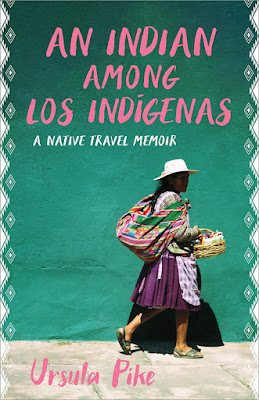Editor's Note: This review was originally published in Seattle Book Review.
Memoirs are by design revelatory. Ursula Pike’s recollections about her time in Bolivia as a Peace Corps volunteer reveal much about the development of her Native American identity.
The author spent two years in Bolivia in the 1990s working in a children’s orphanage, co-creating economic projects with indigenous women and children. An Indian Among Los Indigenas is the story of self-discovery and finding meaningful connections in unfamiliar circumstances.
In telling her story, Pike centers her social identity as an enrolled member of the Karuk tribe who grew up in poverty in the U.S. She dives headlong into the moral confusion of using money to pay the locals for services that make her life easier. Pike reflects on the similarities of her own experiences in acculturation and code-switching, with those of indigenous Bolivians who became her friends and confidants.
Pike’s honest account of her Peace Corps experience is neither too political nor sanitized to show only a moralistic tale of white American saviorship. Young people working abroad immerse themselves in activities other than economic planning and development. Pike writes of nights spent at patio parties, drinking chicha (a Bolivian alcoholic drink), dancing the night away with her crush-of-the-moment.
Transformed by her experiences, Pike relates important lessons in generosity, gratitude, and community. What makes her memoir an insightful read is her insistence on focusing on what’s right and beautiful about the Bolivian culture, stressing the universality of human connection.
 |
| Buy on Bookshop.org |
